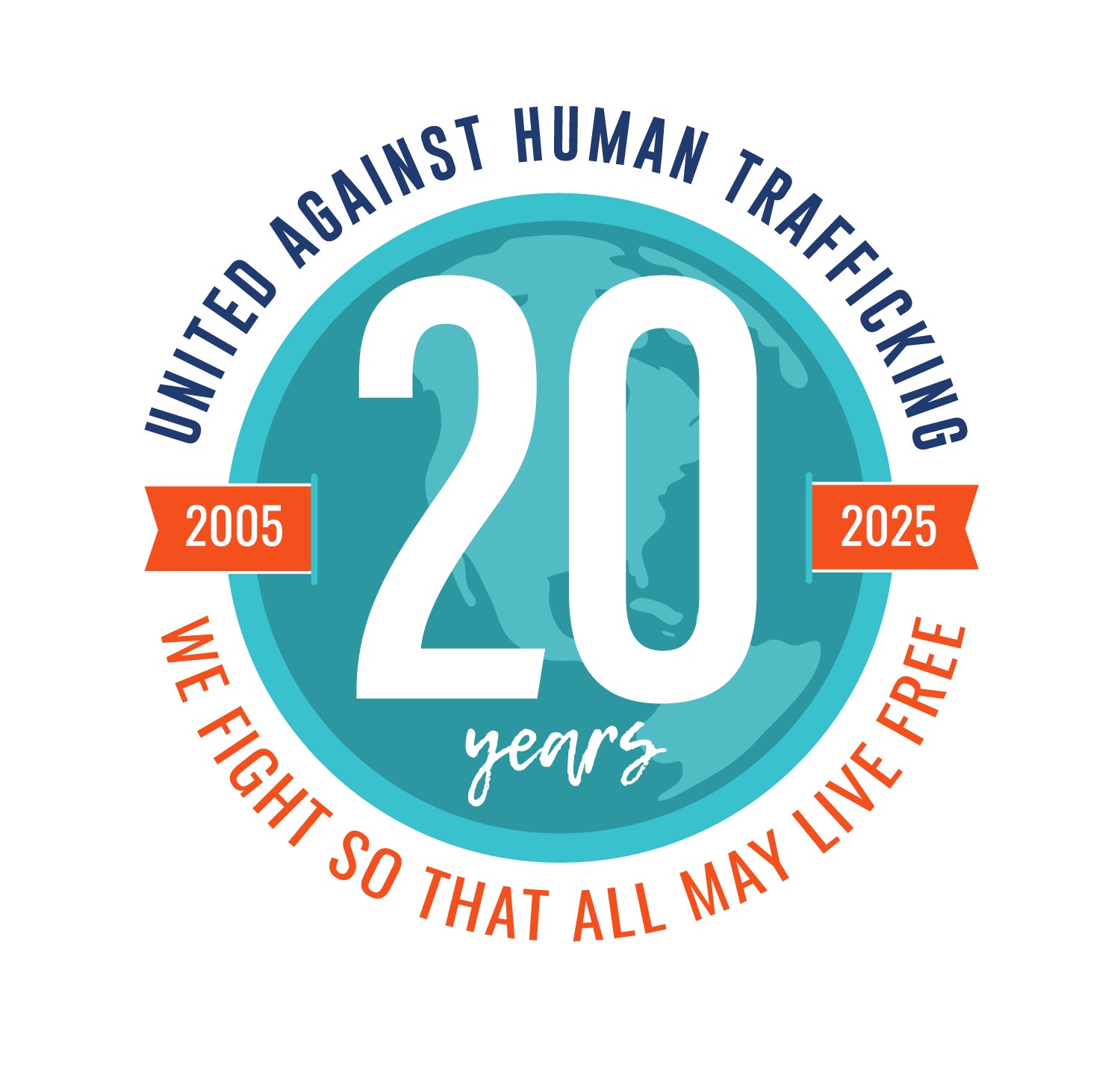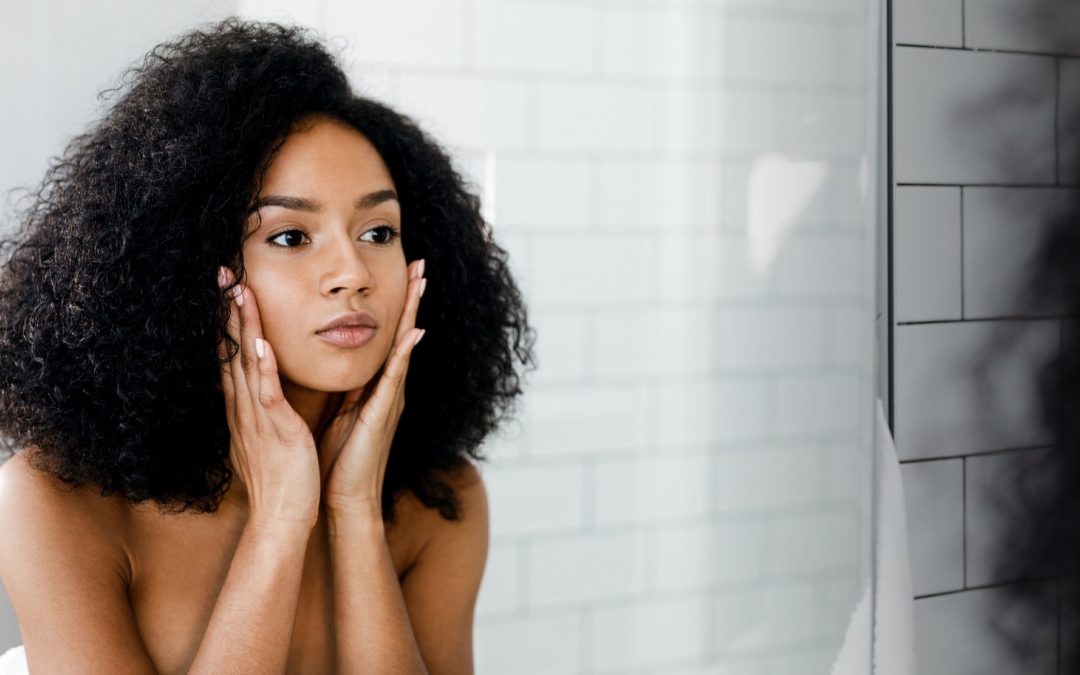Do you know what ingredients are in your skin care routine? How about where those ingredients came from?
We often don’t look deeper into the products we consume to face the world everyday.
In celebrating Fair Trade Month at UAHT, we have been discussing chocolate & coffee, and how exploitation can exist in the supply chain of these popular goods. Now it’s time to take a look at our bathroom cabinets and counters.
As basic economic principles tell us: where demand exists, supply will rise to meet it. The global beauty industry is worth $532 billion dollars and is expected to reach $800 billion in just 5 years (Forbes).
Billions of people demand accessible, affordable beauty products at a moment’s notice.
To keep up with massive demand, suppliers seek out the best deal they can on ingredients like argan, coconut, and vanilla extract.
But these ingredients are often harvested by child and forced labor in dangerous conditions (FAIRTRADE Foundation, ELUXE Magazine).

Let’s look closer at one of these ingredients – coconut.
Cocokind outlines the case for fair trade coconut:
“Over the past several years, the exponential increase in demand for coconut/coconut-derivatives has not equated better wages for coconut farmers. In the Philippines, the second largest coconut producing country, coconut exports grew from 1,600 metric tons in 2008 to over 22,000 tons in 2014.
However, according to the Fair Trade USA, the average coconut grower is still making only $1 per day. Let’s put this into perspective (as if this is necessary): it would take two full days of work for a coconut grower to purchase a single unit of coconut water in the U.S. 60% of coconut farmers in the country live in poverty, and thus ironically, the largest stakeholders in the Philippine economy are the poorest.”

Fair Trade Can Change The World
Fair trade combats human trafficking by prohibiting child or forced labor in addition to creating equitable, safer, and healthier environments for workers. If we have the means, buying fair trade products can support entire communities on a scale we may not have thought possible without charity.
Here are a few resources to find fair trade beauty products:
Fair Trade Certified Health, Beauty, and Body Care
FAIRTRADE Beauty Products guide
Cosmetify Fair Trade Makeup & Beauty Glossary

Learn more now, during fair trade month!
In celebration of Fair Trade Month, UAHT is hosting events to encourage viewers to ask questions and learn more about fair trade.
We will be airing a viewing of the documentary “The Dark Side of Chocolate” on Thursday, October 29th from 6-7:30 PM CST.
This documentary and discussion will feature a guest speaker to answer questions about what fair trade is and how consumers can get more involved in the movement.
We will also be releasing new episodes of Making Justice, including an episode with Equal Exchange.
Be sure to follow us on Instagram and Facebook to learn more information and hear about the impact that fair trade has on others!
We have to know the signs of labor trafficking and exploitation, and we need to be engaged as consumers if we truly want to create a world where all are free. Here’s how you can keep learning:

